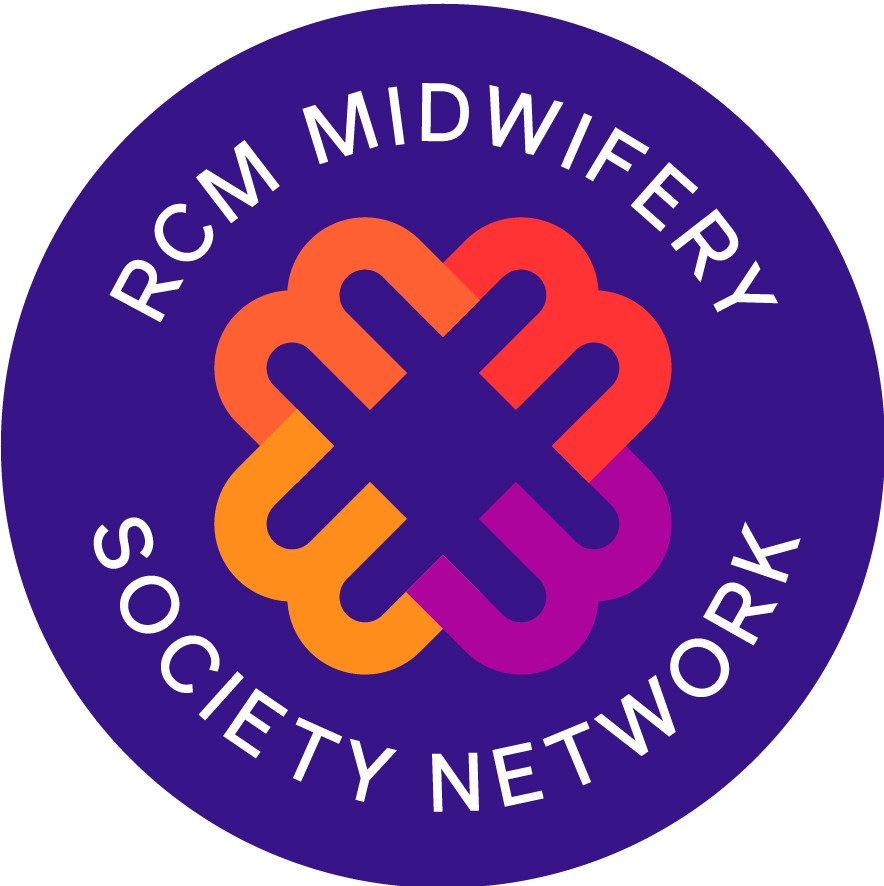RCM’s Strategy to Unite Student Midwives: The Power of Peer Networks

This is the fourth blog in a series written by the Royal College of Midwives (RCM) on the importance of midwifery associations engaging student midwives. This time, we explore how associations can encourage peer networking by connecting student midwives through a national network of midwifery societies.
In 2025, the RCM launched the RCM Midwifery Society (MidSoc) Network—a national community of student-led societies across the UK—designed to strengthen communication, collaboration, and support. Through the network, student midwives can access advice, resources, and peer support to help establish or sustain their society, while connecting with others across the country.
Drivers for the network:
Since the introduction of the RCM student membership category, we’ve been committed to ensuring student midwives feel valued and supported from the earliest stages of their careers. Alongside platforms like the Student Midwife Forum (SMF), we recognised an opportunity to connect even more students through the societies already active in many of the UK’s 60+ midwifery programmes.
During regular outreach events at universities, students frequently expressed a sense of disconnection from the profession—an issue amplified by the lasting effects of the COVID-19 pandemic and the shift to online learning. Many societies reported difficulties maintaining engagement and peer support. This highlighted a clear need for a national student-led network that could help rebuild community and visibility.
Preparation for the network:
 The network was developed with students at its core. We hosted online consultations with student representatives across the UK to understand their challenges—such as managing handovers when student leaders qualify—and to gather feedback on ideas like incentives and recognition.
The network was developed with students at its core. We hosted online consultations with student representatives across the UK to understand their challenges—such as managing handovers when student leaders qualify—and to gather feedback on ideas like incentives and recognition.
A key takeaway was the importance of demonstrating the value of peer networking in building professional identity and confidence. Students also wanted practical tools tailored to their needs.
Before launch, we created a suite of downloadable resources, including:
- Running your society
- Planning events
- Handing over your society
- Treasurer budgeting spreadsheet
The resources were designed to be visually appealing, student-friendly, and concise.
We also developed a clear visual identity for the network—including a logo aligned with RCM branding—to promote a sense of belonging for societies.
A simple webform made it easy for societies to join the network and appear on an interactive map, where each society is represented by a ‘pin’ with contact details—encouraging connection and visibility across the UK.
Building momentum:
Ahead of the launch, we used social media to generate interest, sharing videos and updates to introduce the network and highlight how to get involved. We also reached out to lecturers, educators, and clinicians with student-facing roles to share news of the network.
Four months after launch, we hosted an online welcome event as part of the UK’s Student Celebration Day—the first time societies across the UK met virtually to exchange ideas and experiences. This event laid the groundwork for further connection at the RCM Annual Conference, where societies had the opportunity to meet in person and join dedicated workshops on running successful student midwifery societies.
Key points:
- Student-led consultation: involve students in decision-making to ensure the network meets their needs
- Easy to access resources for support: provide simple and quick access to resources for support
- Straightforward joining process: Ensure that the process for joining the network is clear and hassle-free
- Social media activity: Use social media platforms to engage students around the launch with updates, teasers and interactive content
- Ongoing engagement: Foster continuous interaction, both in-person and online, to keep members connected
- Future planning and excitement – plan ahead to keep the network dynamic and generate excitement among members
Creating a national peer network is one way midwifery associations can build connection, strengthen student confidence, and support early professional identity formation.
The next blog in this series will explore how these efforts can be strengthened by offering tailored educational resources for student midwives.